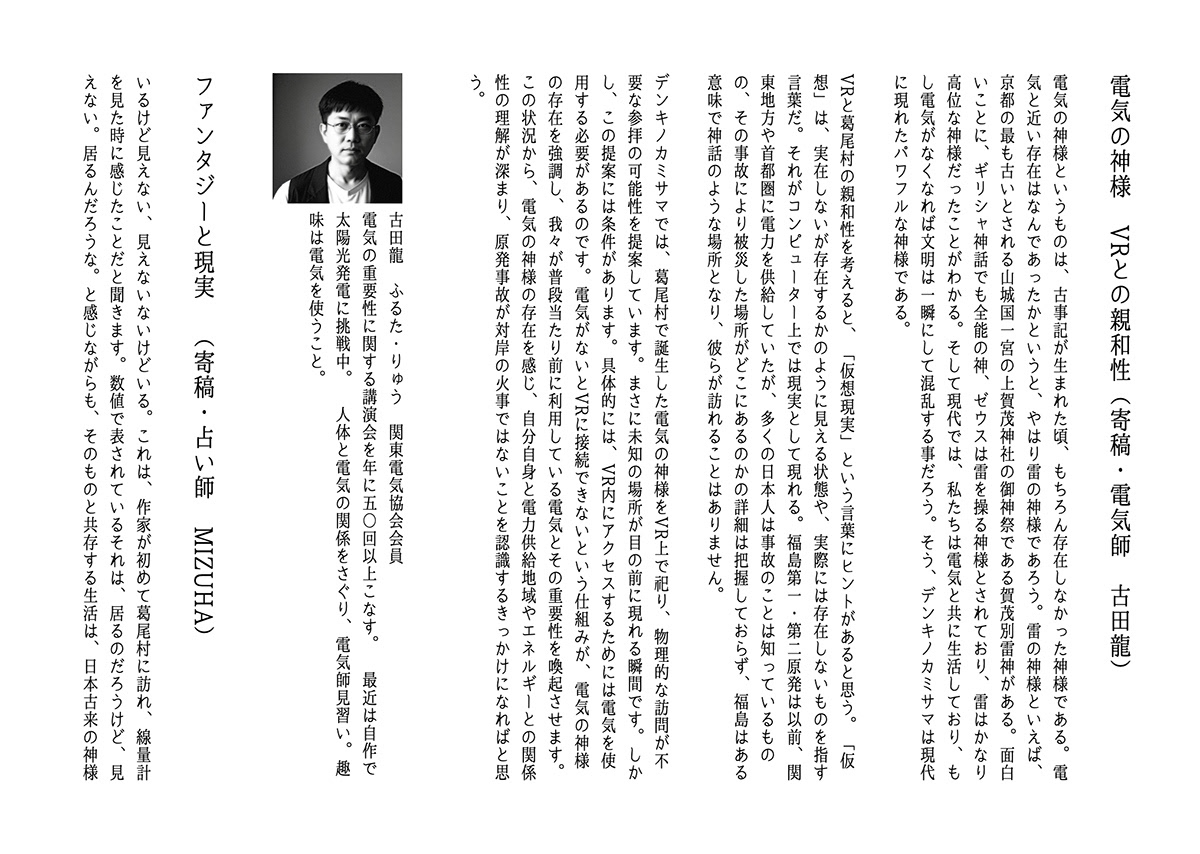Overview: Mythologies of Invisible
This project was created during the artist-in-residence program run by Katsurao Collective in Katsurao Village, Fukushima. It draws on the invisible yet deeply felt presences that emerged in the village after the nuclear disaster—radiation, electricity, and traces of human life—and conceives spiritual beings associated with solar and nuclear energy.
Katsurao Collective Artist in Residence, Open Studio Day 27-29 Feb 2023
Inspired by concepts from Shinto and the genealogy of deities in Japanese mythology, the project explores how human attitudes, shaped by energy and technology, can foster new relationships with the unseen and suggests the potential for new forms of spiritual grounding. A shrine constructed within a VR space can be accessed only through electricity and the internet, offering a site for reflection on the role of invisible forces in the age of modern technology.
Futaba District’s Katsurao Village in Fukushima Prefecture was forced to evacuate entirely due to the nuclear accident in 2011. The evacuation order was lifted in 2022, and residents began returning little by little. Undertaken ten years after the disaster, the project aims to shift perspective away from what was “lost” toward what “newly emerged” following the earthquake and nuclear accident. Having grown up in Kyoto, the natural environment of Katsurao Village—over 40 minutes by car from the nearest station—does not resemble the “human-tended nature” found in Kyoto’s Zen temples. Rather, it evokes a sense of awe and fear toward nature, recalling a time when humans felt that nature was indifferent to them and could sometimes be threatening.
After the paradigm shift brought about by the earthquake disaster, new symbolic presences emerged in Katsurao Village. Here, I will highlight two particularly striking examples:
1) Radiation Dosimeters – “Invisible but Present” Entities
In Katsurao Village, affected by the nuclear accident, radiation dosimeters have been installed throughout the village. These devices visualise the invisible presence of radiation by displaying numerical values, quietly signaling that radiation still lingers in the area (the government states these levels pose no threat to daily life).
However, villagers calmly continue their daily lives while checking these numbers. Their coexistence with this invisible presence is not merely one of fear, but a conscious choice to “exist together.” This attitude resonates with the traditional Japanese Shinto concept of living in harmony with the kami (deities or spirits).
In Katsurao Village, affected by the nuclear accident, radiation dosimeters have been installed throughout the village. These devices visualise the invisible presence of radiation by displaying numerical values, quietly signaling that radiation still lingers in the area (the government states these levels pose no threat to daily life).
However, villagers calmly continue their daily lives while checking these numbers. Their coexistence with this invisible presence is not merely one of fear, but a conscious choice to “exist together.” This attitude resonates with the traditional Japanese Shinto concept of living in harmony with the kami (deities or spirits).
2)Katsurao Denryoku – Self-Supplied Light and Shared Time of Darkness
After the disaster, Katsurao Village established Katsurao Denryoku, a solar power-based, community-led electricity provider that operates independently from major electric companies. While power outages occasionally occur due to wiring problems caused by snow, these “blackout moments shared by the entire village” could serve as opportunities for the community to come together and rebuild bonds in a village where festival culture centered around shrines has been lost. These moments may also help cultivate collective memories among residents. The system’s “blessings,” tied closely to natural forces such as sunlight and snow, and the coincidental shared experience of darkness resemble the relationship between humans and nature once celebrated in traditional festivals. Moreover, the gathering of people in darkness and their welcoming of light again evokes stories of communal regeneration and reunification, reminiscent of the Japanese myth of the “Amano-Iwato”. (In that myth, the sun goddess Amaterasu hid herself inside a dark cave, causing the world to be in darkness since she was the source of light. The other gods collaborated to bring her out, and when she finally emerged, light and life returned to the world.)
After the disaster, Katsurao Village established Katsurao Denryoku, a solar power-based, community-led electricity provider that operates independently from major electric companies. While power outages occasionally occur due to wiring problems caused by snow, these “blackout moments shared by the entire village” could serve as opportunities for the community to come together and rebuild bonds in a village where festival culture centered around shrines has been lost. These moments may also help cultivate collective memories among residents. The system’s “blessings,” tied closely to natural forces such as sunlight and snow, and the coincidental shared experience of darkness resemble the relationship between humans and nature once celebrated in traditional festivals. Moreover, the gathering of people in darkness and their welcoming of light again evokes stories of communal regeneration and reunification, reminiscent of the Japanese myth of the “Amano-Iwato”. (In that myth, the sun goddess Amaterasu hid herself inside a dark cave, causing the world to be in darkness since she was the source of light. The other gods collaborated to bring her out, and when she finally emerged, light and life returned to the world.)
Following the disaster and ongoing technological changes, invisible yet undeniably present entities such as radiation levels and electricity—both created by humans—have emerged in Katsurao Village. Since humans are part of nature, technologies and infrastructures they create can also be regarded as part of the “Yaoyorozu no Kami”—the myriad gods of Shinto belief.
This project names two such entities—the “radiation-derived electricity” highlighted after the disaster and the “solar-derived electricity” newly born in Katsurao Village—as “Denkinokamisama,” welcoming them as newly emerged gods of the present age.
Method:
This project interprets the Kojiki—Japan’s ancient chronicle of myths—and deciphers the deities passed down through Shinto traditions to create a genealogical chart. (See diagram below)
This project interprets the Kojiki—Japan’s ancient chronicle of myths—and deciphers the deities passed down through Shinto traditions to create a genealogical chart. (See diagram below)
The genealogy of gods in the Kojiki can be broadly divided into three stages:
- Nature (cosmos, air, sky, etc.)
- Humans and nature (human interventions in nature such as fire, fields, irrigation canals)
- Humans (social and power structures)
Based on this structure, the “solar-origin electric deity” and the “nuclear-origin electric deity” experienced in Katsurao Village were conceived as emerging from the intersection of “humans and nature.”
Specifically, Ame-no-hoakari (the god of sunlight), grandson of Amaterasu (the sun goddess), was paired in marriage with Kuroyane tokotachi-no-nushi (the deity of the solar panel), a deity newly created for this project. Their union gave birth to Kuninohimusu ikazuchi Denki-no-Mikoto, the solar-origin electric deity.
The nuclear-origin electric deity was mythologically interpreted through the mechanism of nuclear power generation. From Kanayamabime-no-kami and Kanayamabiko-no-kami (the mine goddess and god) emerged Kunimitama-uran-no-kami (uranium, atomic number 92). This deity married Kuninominaka-nushi (the deity of artificially created neutron). Their offspring, Netsu (heat deity), married Keisuiro-no-nushi (light water reactor deity). Their child, Jouki (steam deity), married Turbin-shinatsu-bikona (the deity of wind created by the turbine), producing Kuninohimusu mikaizuchi Denki-no-mikoto, the nuclear-origin electric deity.
Note: All names shown in red are newly created deities specific to this work. The prefix “Kunino” implies something “artificial” or “man-made.”
Through this research and creative process, many new “human-origin gods” were born. Among them, the central figures are the two “Denkinokamisama” - the solar-derived Kuninohimusu ikazuchi Denki-no-Mikoto and the nuclear-derived Kuninohimusu mikaizuchi Denki-no-mikoto. Alongside them is Kuninominaka-nushi, the god symbolising the neutron, which is indispensable for uniting positive and negative charges and enabling their birth.
Centered around these three deities, a new shrine was built and enshrined within a VR metaverse constructed using 3D scan data of Katsurao Village. To visit this shrine, one must access it through the internet and electricity, making it a site of prayer mediated by electric power, befitting the “gods of electricity.”
In Fukushima’s Katsurao - a village once temporarily erased from the map due to the nuclear accident - this VR shrine imparts a new mythical presence. Even if physically visiting is difficult, there is undeniably “something there.” Katsurao was chosen as the stage for this story, a “place that is invisible yet existent.”
Furthermore, referencing the genealogies of gods from Japanese mythology (Kojiki), the birth process of these new gods is visualised as a genealogical chart, allowing the relationship between modern technology and faith to be experienced narratively.
↑ This is the description of the artist-in-residence project I carried out in Fukushima Prefecture in 2023.
↓ In 2024, I further refined the work through a return residency program.
The VR space, which had previously been stored on a USB stick, was redesigned to be viewable through a small monitor. This entire system was housed inside a standard electrical box, transforming it into an object reminiscent of a kamidana—a miniature Shinto altar commonly found in Japanese homes.
Alongside this, I produced an accordion-style booklet titled DENKINOKAMISAMA. It contains the mythologies of the electric deities I created, accompanied by commentaries from five so-called “experts” who appear to speak from diverse perspectives: Katakana studies (referencing the use of katakana script for all deity names in DENKINOKAMISAMA geology), community sociology, natural philosophy, electrical engineering, and divination.
However, these “experts” do not actually exist. In response to the widespread adoption of ChatGPT in 2024, I collaborated with AI to fabricate each of these personas. They are fictional avatars created to embody different facets of my own voice.
The AI-generated portraits of these experts look convincingly real, and their commentary sounds plausible. Yet, there’s always something slightly off—subtle distortions that reveal their fictional nature. A search for their names yields nothing. In this way, they become mythical entities themselves: “legendary experts” who seem to exist, but don’t.
Roughly half of the audience recognised that the text was a collaboration between AI and a human author. The intersection of belief and fiction, reality and generation, technology and mythology—the very structure of something that “seems to be there, yet isn’t; isn’t there, yet is”—is at the heart of DENKINOKAMISAMA.
*You can view the Denkinokamisama booklet here: [link]
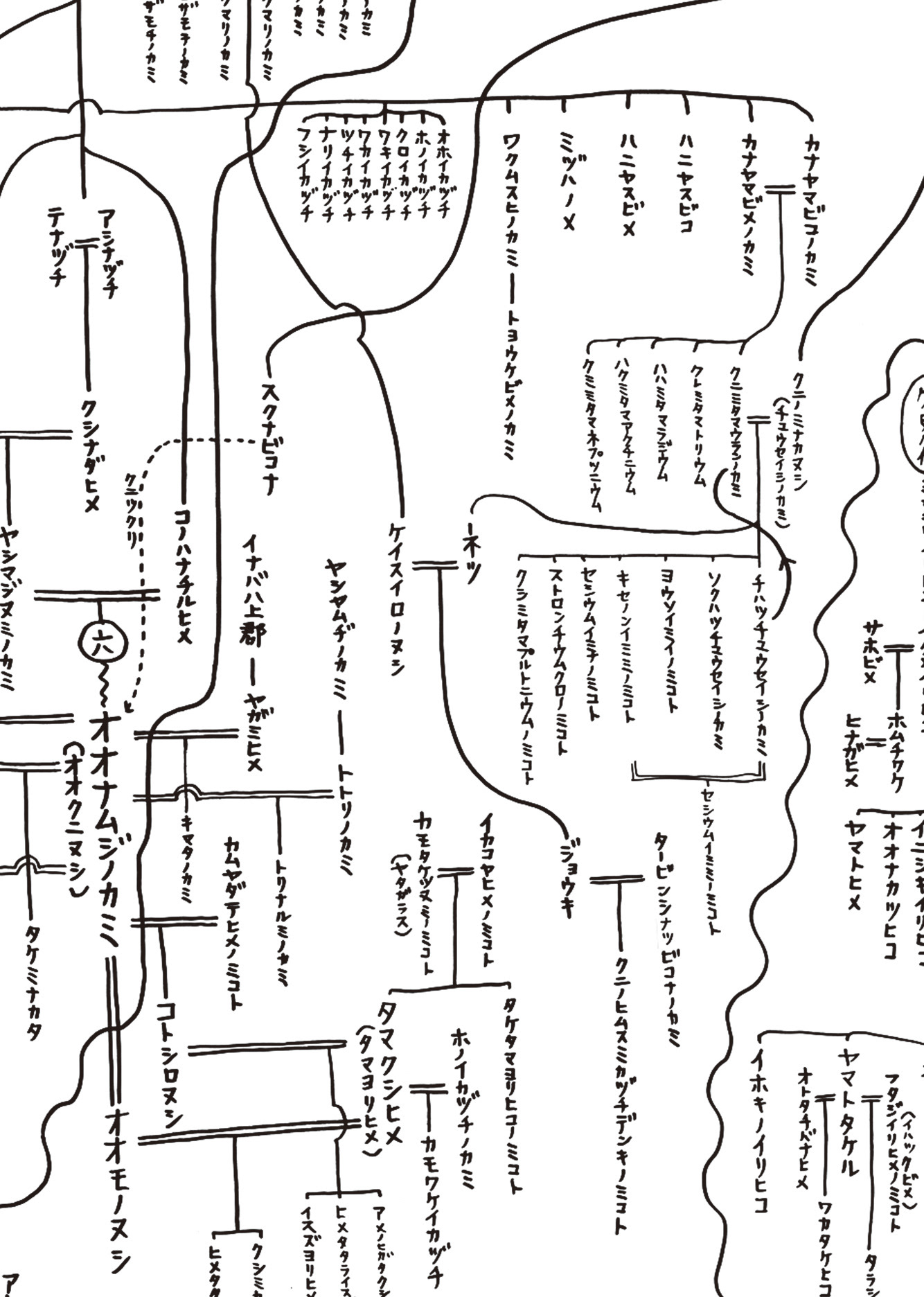
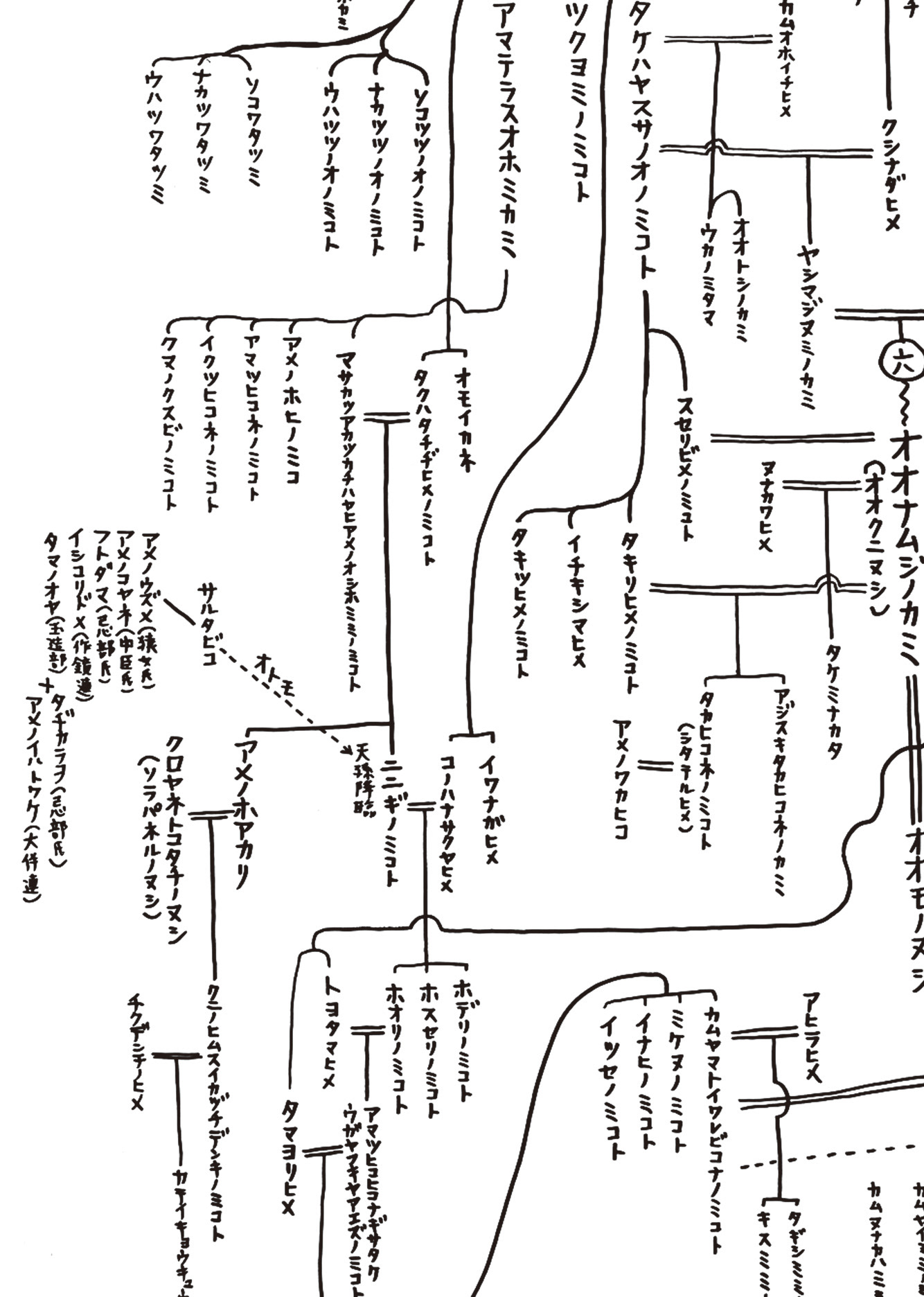
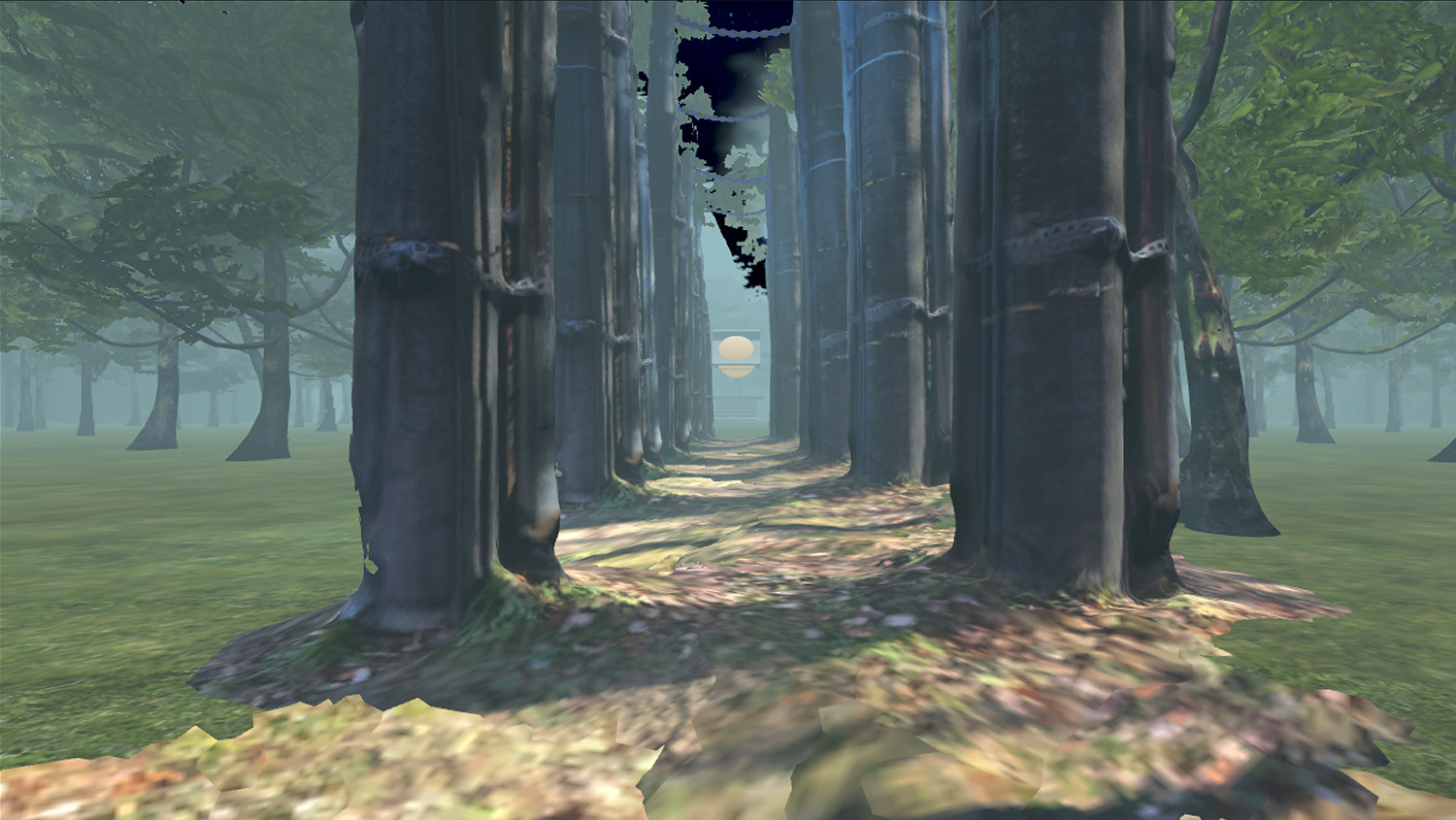
電柱鳥居
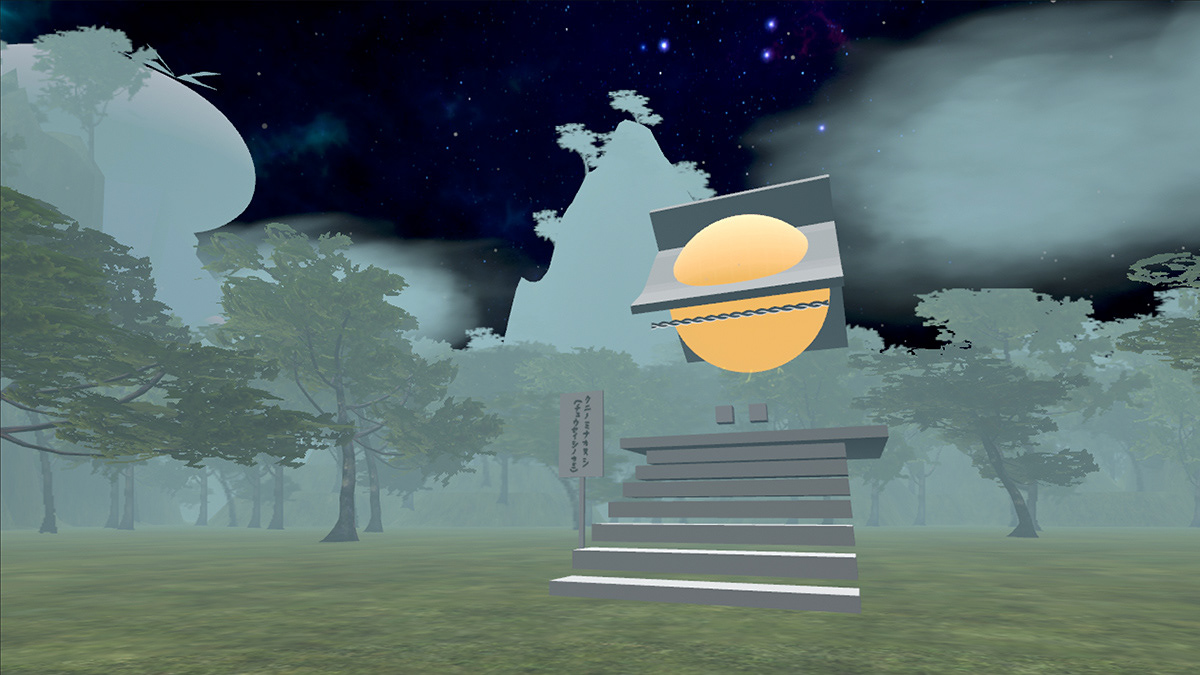
チュウセイシノカミ

葛尾村の電柱
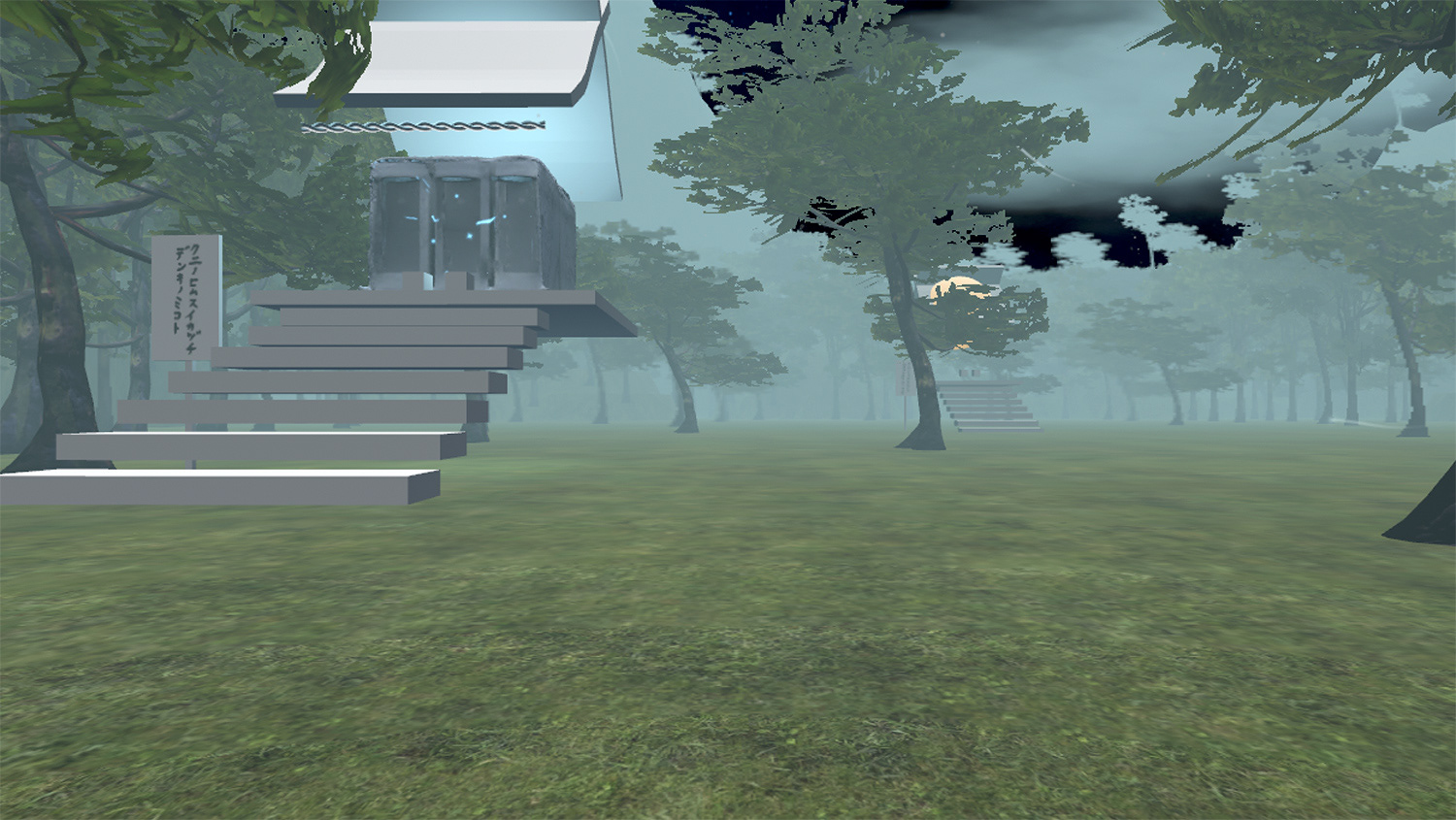
クニノヒムスイカヅチデンキノカミ
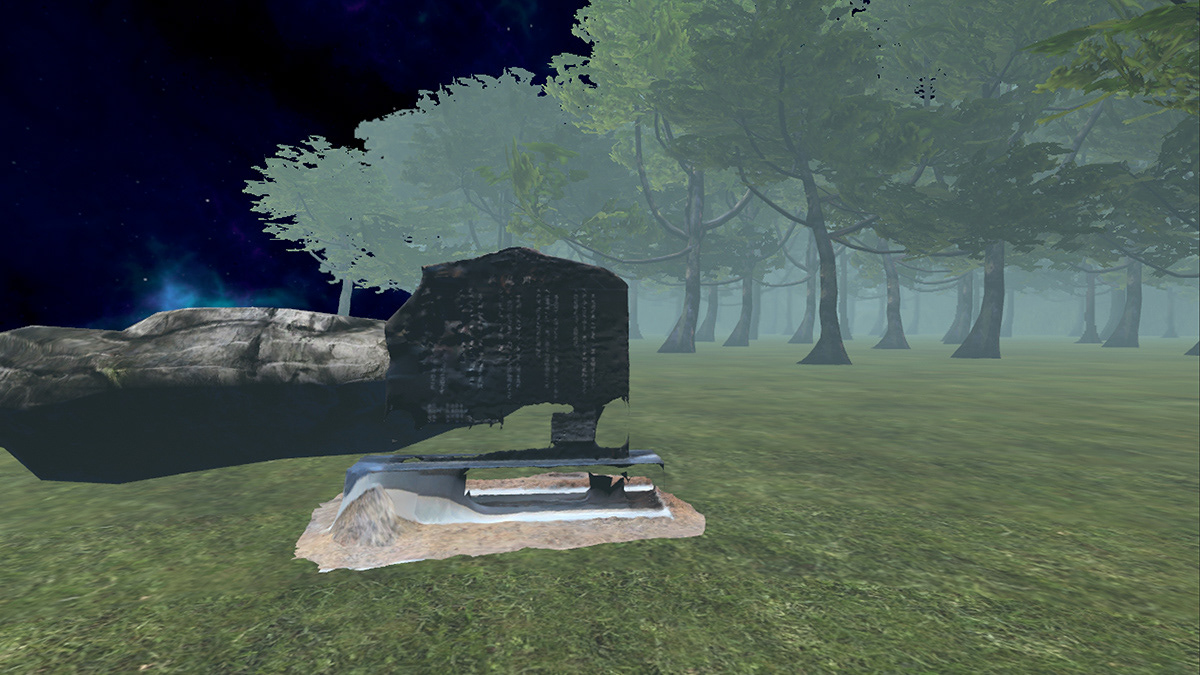
アゼリア前の石碑
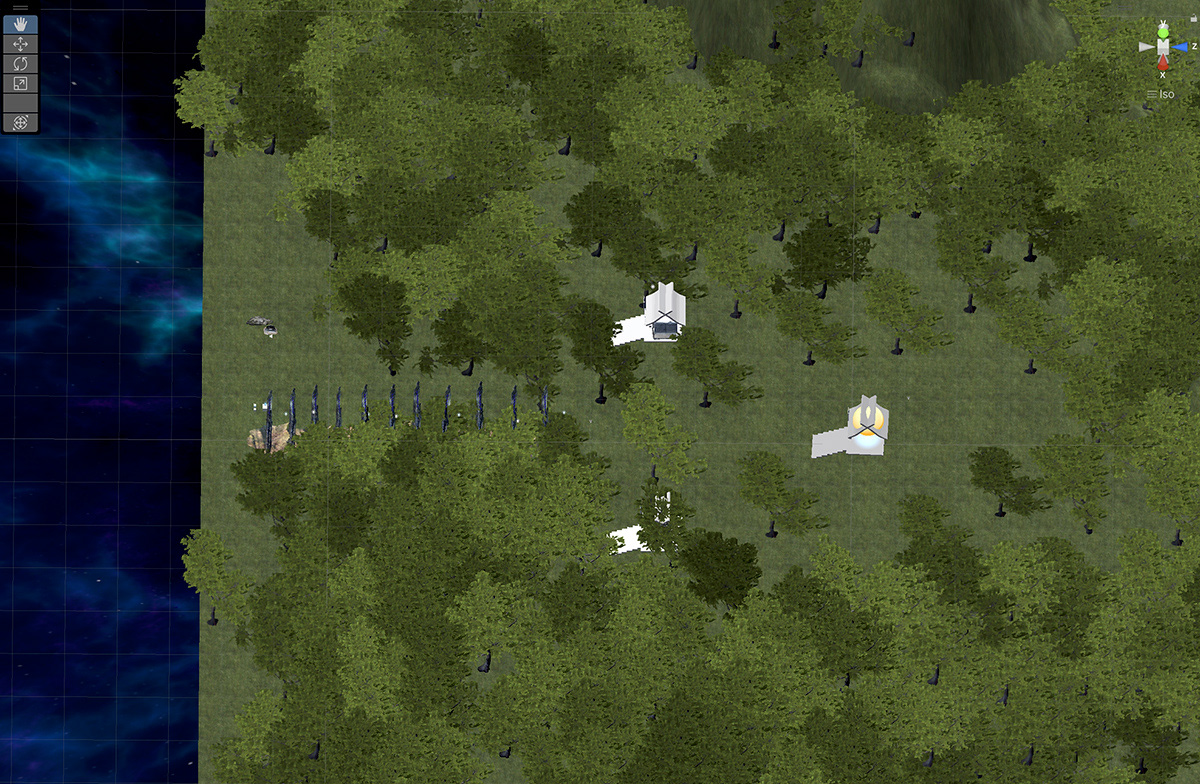
ワールド作成中

葛尾村キャラクター しみちゃん

葛尾村キャラクター しみちゃん
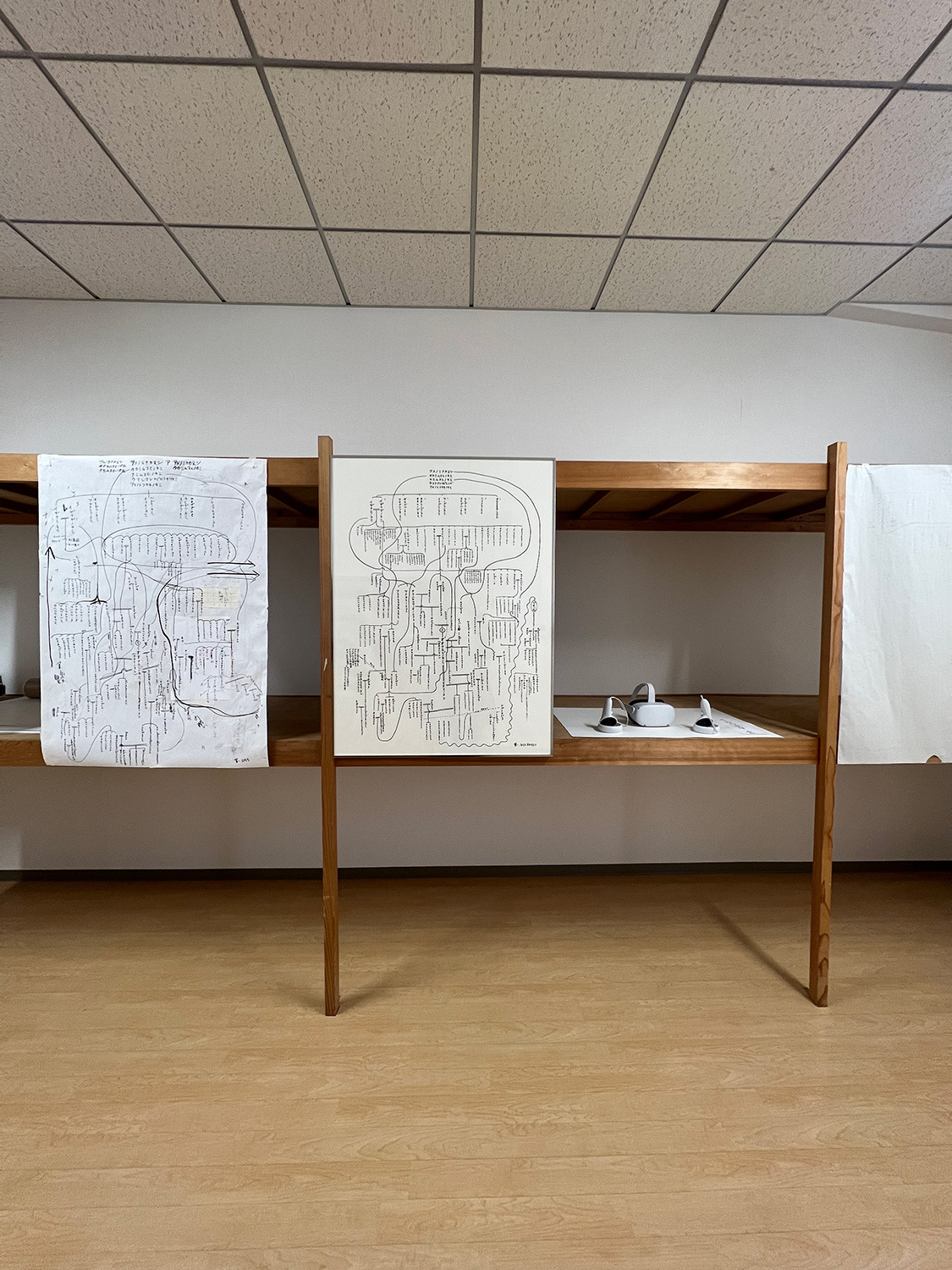
Katsurao Collective Air Open Studio

genealogy (family) tree
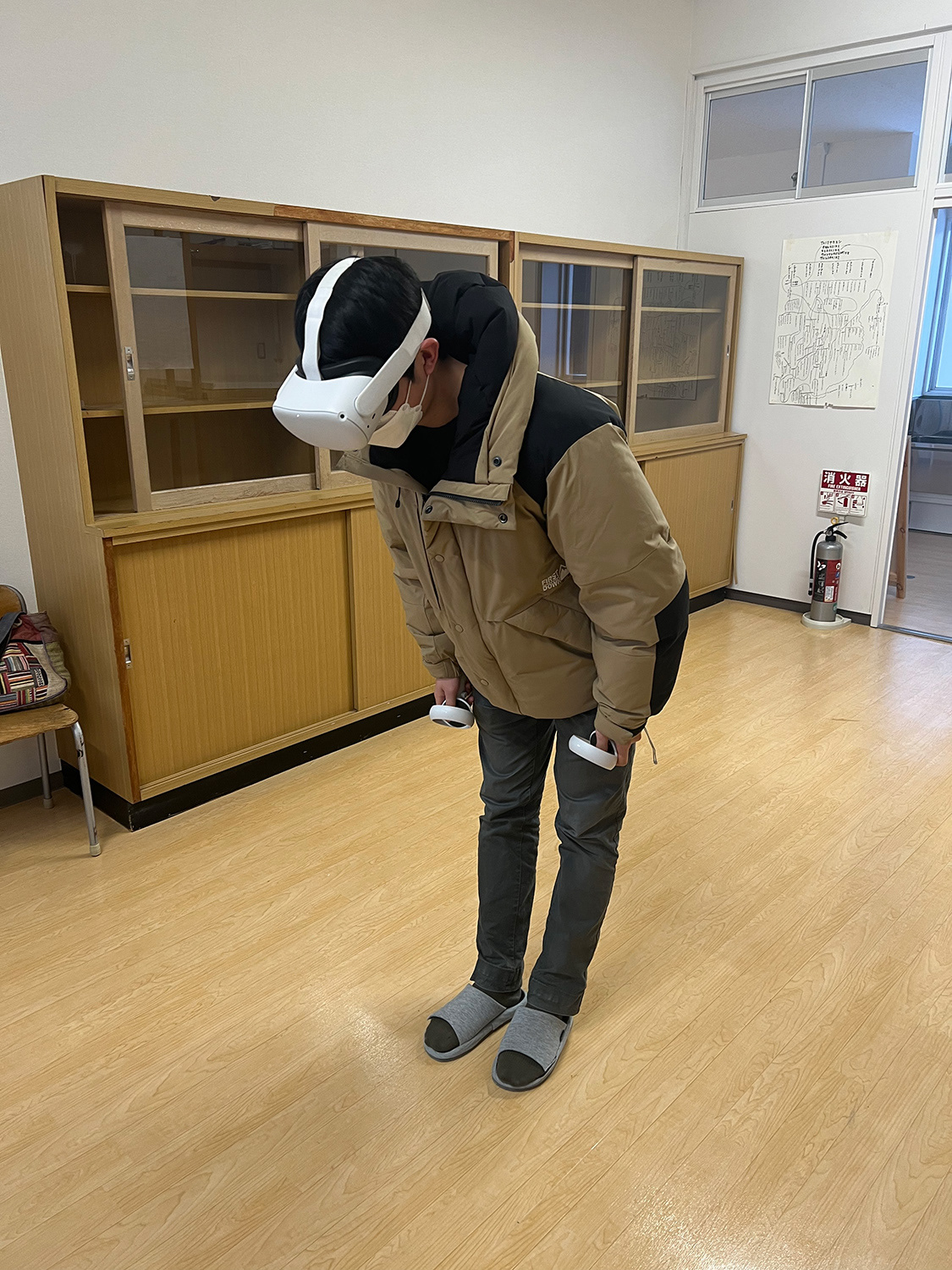
参拝中
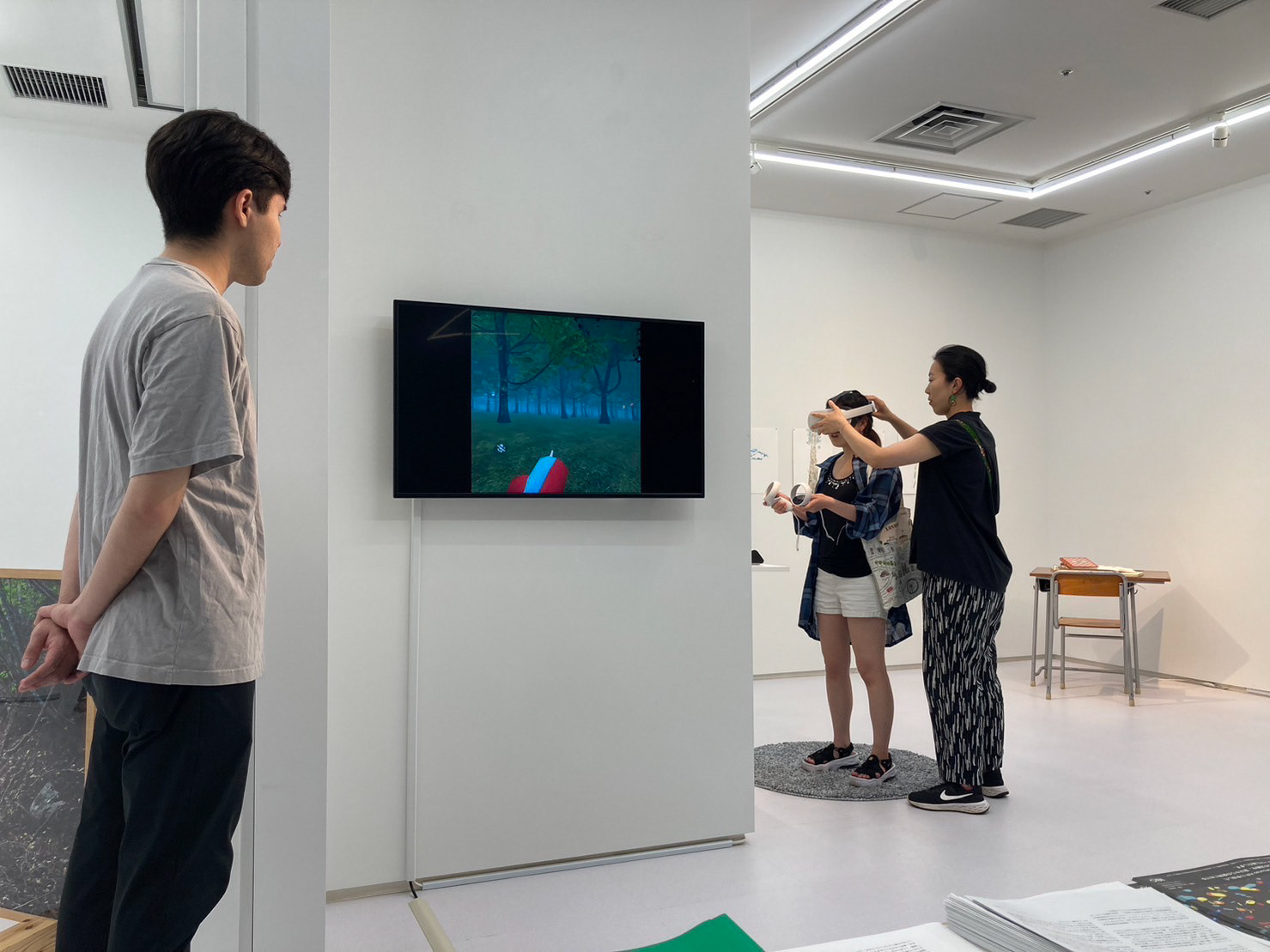
渋谷ヒカリエ8 2023年8月5日−8月17日
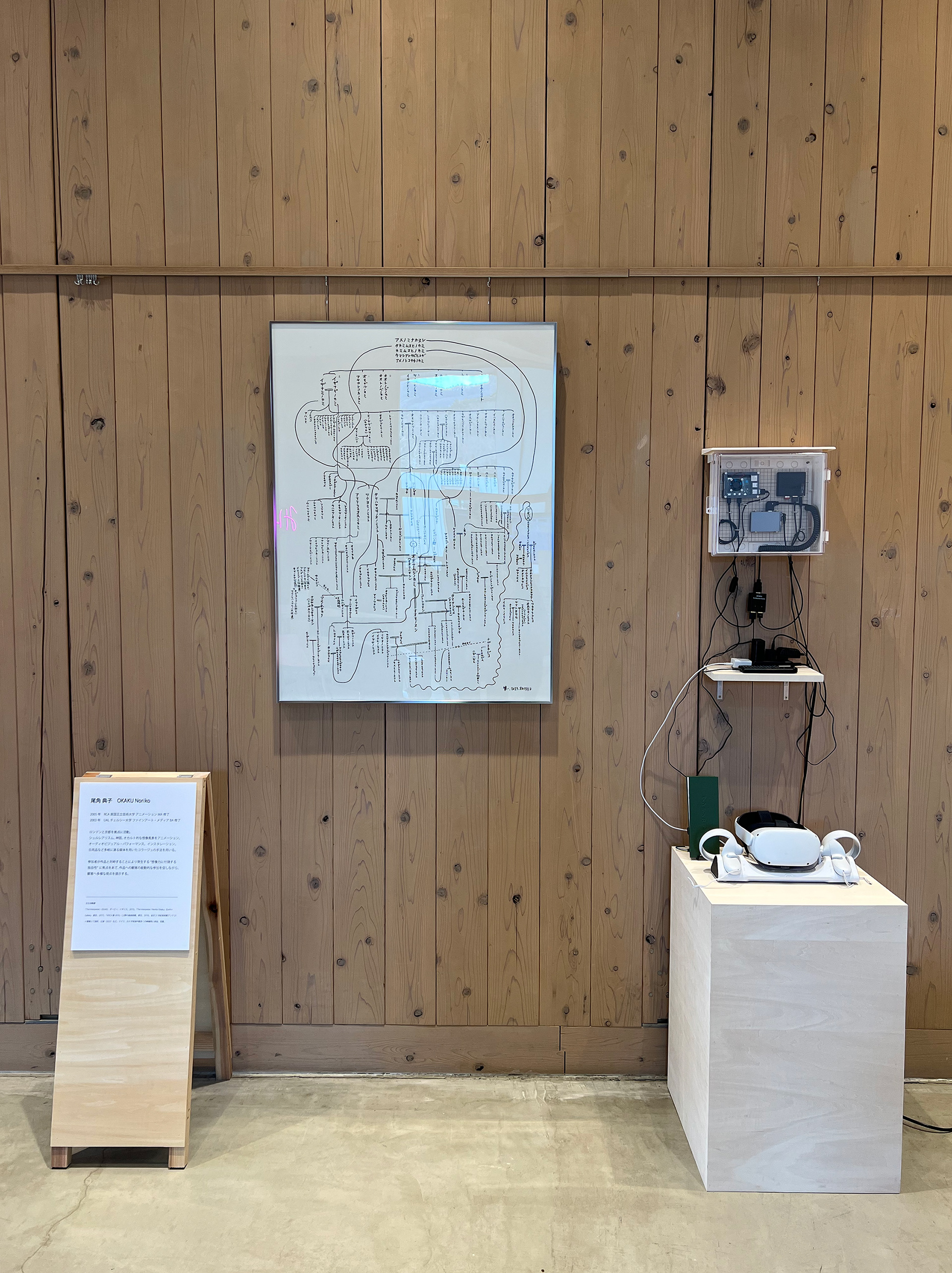
The completed artwork on display at Katsurao Village Reconstruction Exchange Hall Azalea, Jan 2024

The completed artwork on display at Katsurao Village Reconstruction Exchange Hall Azalea, Jan 2024
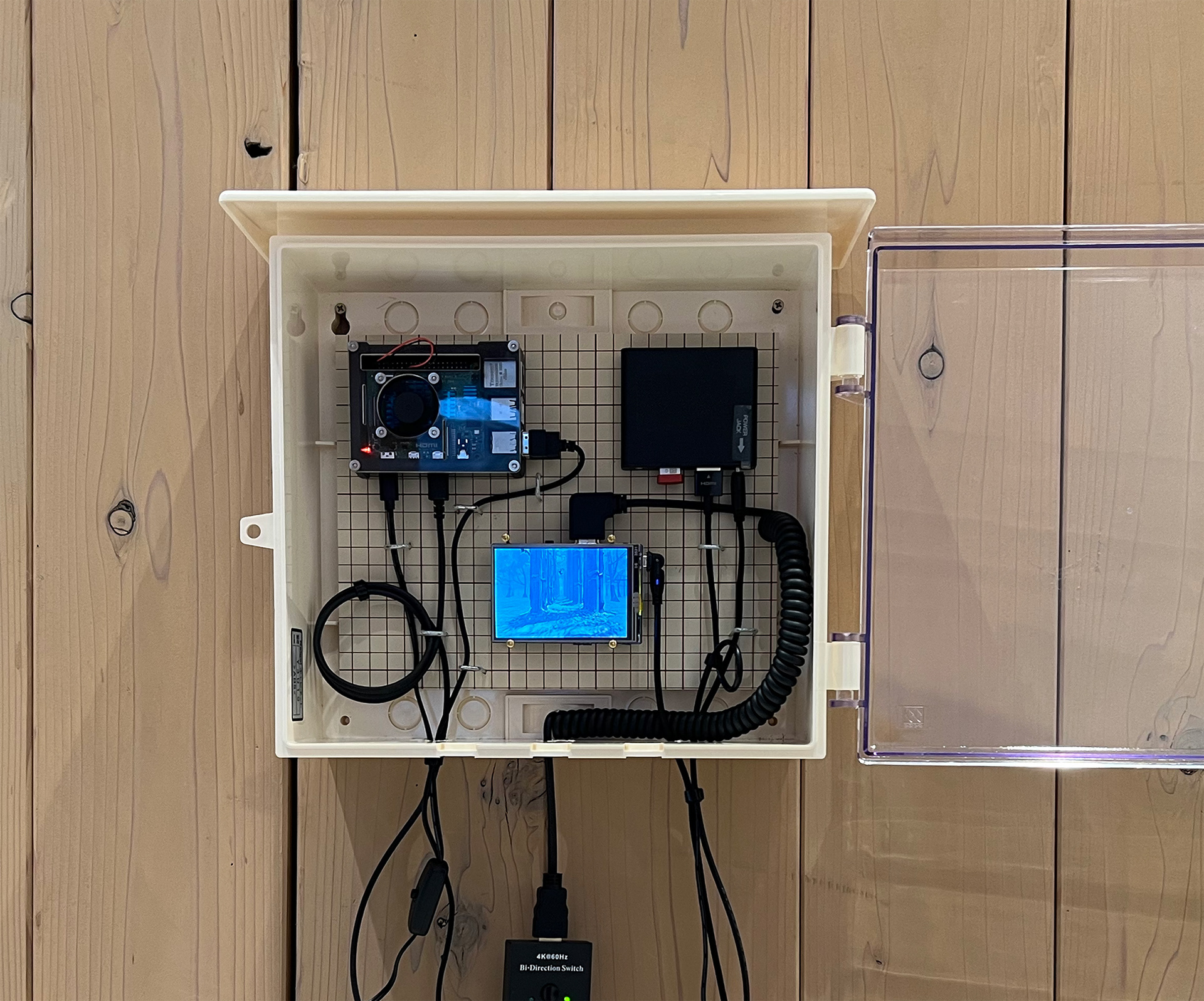
The completed artwork on display at Katsurao Village Reconstruction Exchange Hall Azalea, Jan 2024

DENKINOKAMISAMA Booklet

DENKINOKAMISAMA Booklet
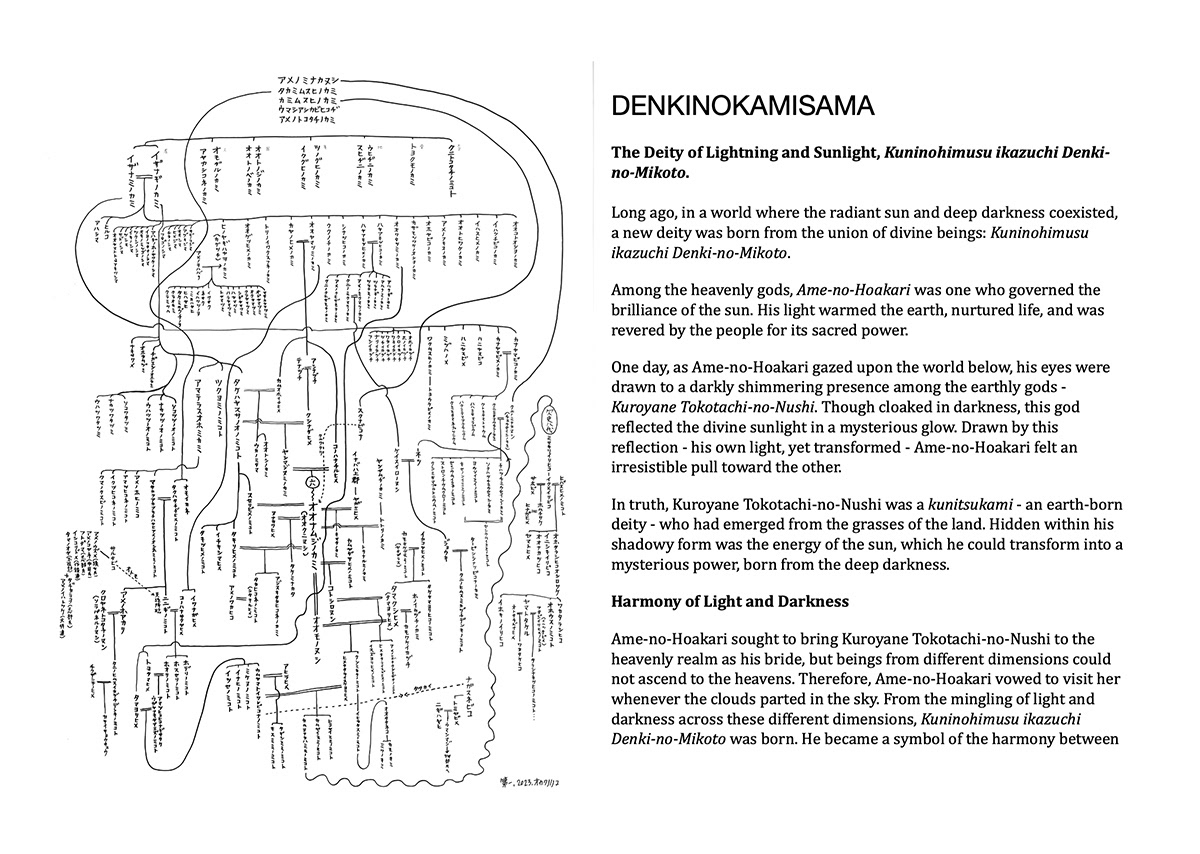
DENKINOKAMISAMA Booklet (English)
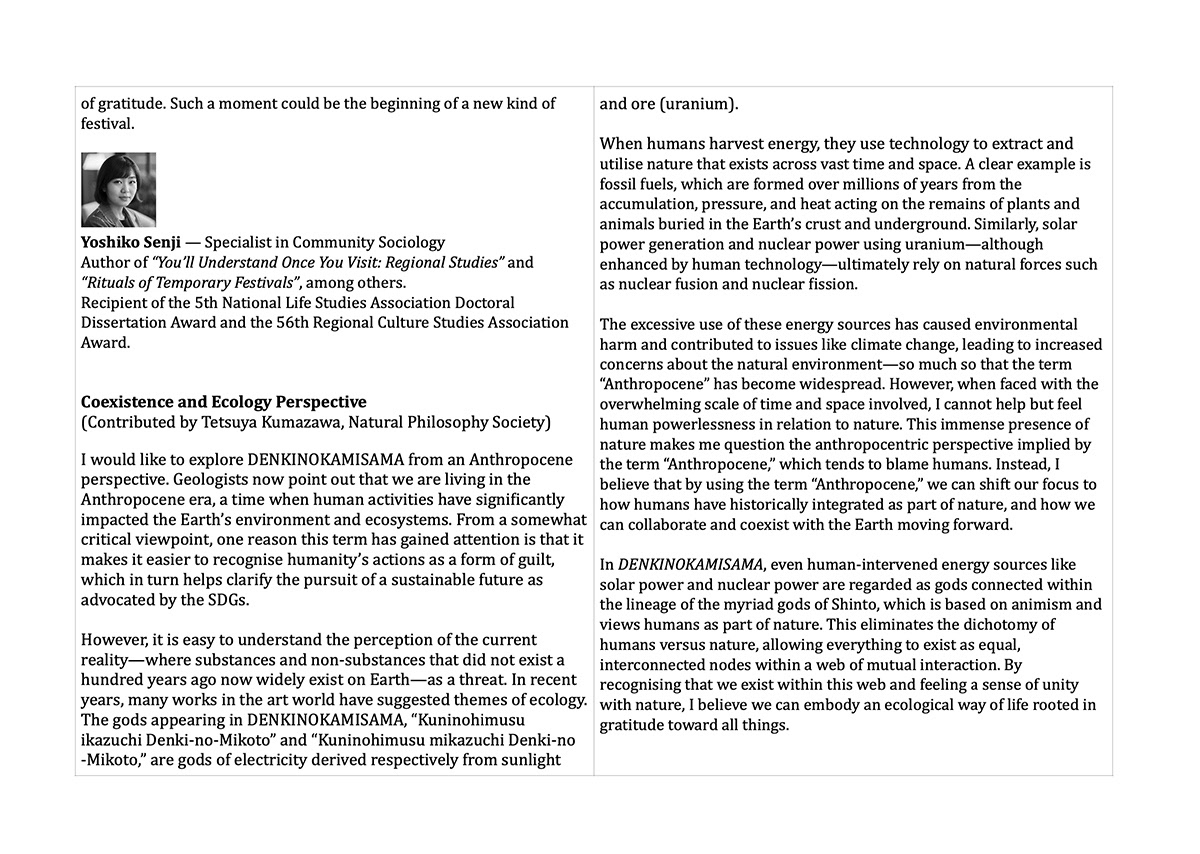
DENKINOKAMISAMA Booklet (English)

DENKINOKAMISAMA Booklet (Japanese)
